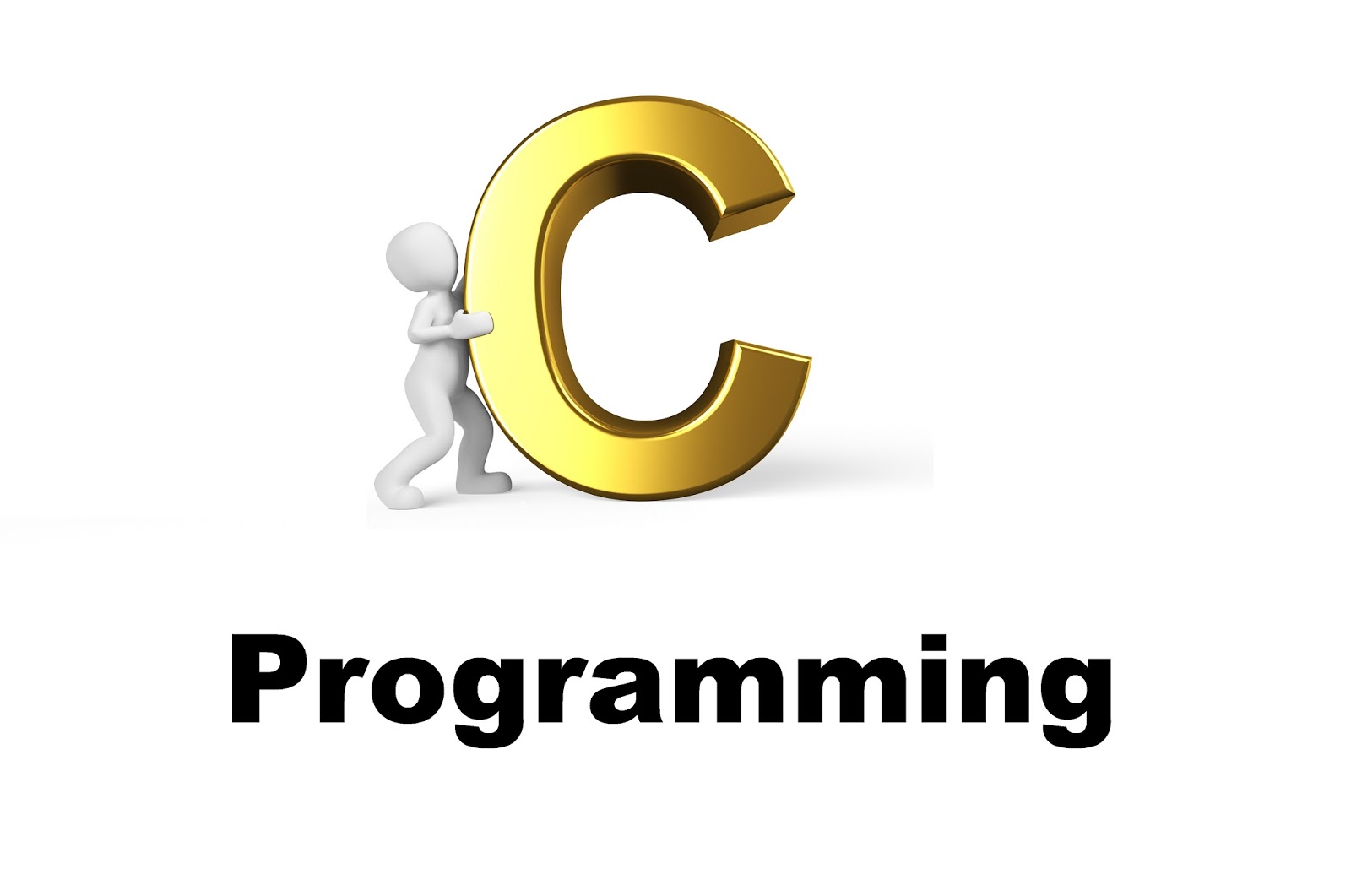File Handling
File Handling
Often it is not enough to just display the data on the screen. This is because if the data is large, only a limited amount of it can be stored in memory and only a limited amount of it can be displayed on the screen. It would be inappropriate to store this data in memory for one more reason. Memory is volatile and its contents would be lost once the program is terminated. So if we need the same data again it would have to be either entered through the keyboard again or would have to be regenerated programmatically. Obviously both these operations would be tedious. At such times it becomes necessary to store the data in a manner that can be later retrieved and displayed either in part or in whole. This medium is usually a ‘file’ on the disk. This chapter discusses how file I/O operations can be performed.
Data Organization
Before we start doing file input/output let us first find out how data is organized on the disk. All data stored on the disk is in binary form. How this binary data is stored on the disk varies from one OS to another. However, this does not affect the C programmer since he has to use only the library functions written for the particular OS to be able to perform input/output. It is the compiler vendor’s responsibility to correctly implement these library functions by taking the help of OS.

Organisaton of data in disk
